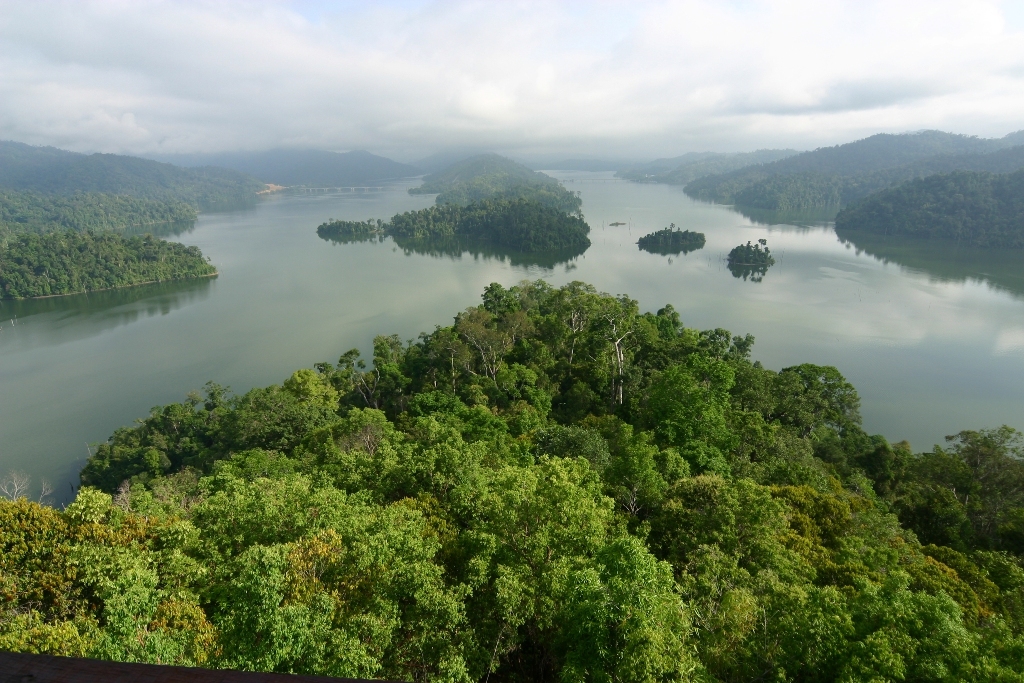
Making a Difference Through Almost A Century of Habitat Conservation
With an establishment that predates the independence of Malaysia, The Malaysian Nature Society (MNS), then known as the Malayan Nature Society, was founded in 1940 by naturalists residing in the country who conceived the idea of cataloging and publishing their field notes on Malayan flora and fauna.
MNS has pioneered conservation in Malaysia, making a difference through habitat conservation and environmental education and becoming a strong voice for the protection of Malaysia’s natural heritage.
A warrior for our natural habitat and wildlife
Since MNS’ first major success in conservation in the 1960s, a large-scale conservation effort to protect the giant Leatherback Turtle, they have never looked back.
Notably successful initiatives include the Endau-Rompin Scientific and Heritage Expeditions which culminated in the gazetting of that forest as a State Park by the State of Johor, the Kuala Selangor Biodiversity Survey and numerous avifaunal surveys.
MNS continues to work with governmental bodies to facilitate the gazetting of ecologically precious areas, including National or State Parks, as well as the management of existing parks.

Members, volunteers and supporters of MNS play an integral role in the conservation of the forest.
Conserving a 130-million-year-old forest complex
One of MNS’ signature campaigns and successes has been with the conservation of the Belum-Temengor (BT) Forest Complex. MNS embarked on two landmark scientific expeditions to Belum-Temenggor in order to catalogue the biological wonders of the region.
The first expedition discovered many rare and exotic flora and fauna, including a unique species of the Rafflesia flower, a large variety of orchids and many new species of insects, arachnids and molluscs, while the second expedition unearthed many more discoveries, with hundreds of species of plants, with more than 500 different species of moss, over 300 species of gymnosperms and flowering plants, 32 edible fruit trees and 21 species of ginger being catalogued.

A pristine stream in Belum-Temenggor.
Based on its findings, MNS concluded that Belum-Temenggor was home to some flora and fauna found nowhere else in the world and that species diversity was one of the richest in Malaysia, making conservation and proper land use imperative.
Convinced more than ever that Belum-Temenggor was in dire need of protection, MNS launched the ‘Belum-Temenggor Postcard Campaign’, calling upon the Perak State Government to gazette Belum-Temenggor. The campaign was a success, attracting over 80,000 signatures leading the Perak Government to officially gazette 117,500 hectares of the forest as the Royal Belum State Park, with logging in Belum-Temenggor to cease by 2008.

Over 3,000 species of plants thrive in Belum-Temenggor, including three species of Rafflesia, the world's largest flower
An inspiration to Malaysians
MNS has accomplished much in the protection of Belum-Temenggor. After an extremely long and hard-fought campaign, the society’s tireless work has resulted in saving a significantly important part of Malaysia’s natural heritage for the enjoyment and benefit of Malaysians for many years to come.
This group of environmentally concerned citizens will, therefore, remain as an inspiration to Malaysians who are ever conscious, due in large part to MNS’ efforts, of the necessity of conserving Malaysia’s rainforests.

The rhinoceros hornbill is among the various species of Malaysian hornbills found in Belum-Temenggor.
Disclaimer:
The information in this award recipient's profile is accurate to the best of our knowledge as of the time the award was presented. Any subsequent changes, updates, or developments in the individual's life or achievements may not be reflected in this profile.